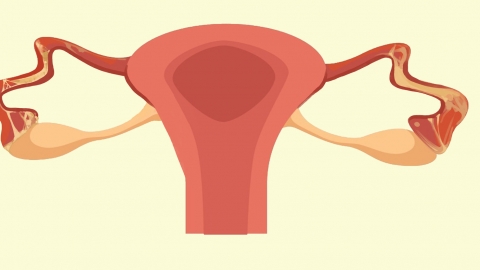Where is the fertilized egg formed?
Under normal circumstances, the formation of a fertilized egg mainly occurs in the woman's fallopian tube. A detailed explanation is as follows:

The fertilized egg primarily forms in the ampulla of the female fallopian tube because this area has a wide lumen and numerous mucosal folds, providing ample space for sperm and egg to meet. Additionally, the slower peristaltic movement in this region allows sperm and egg to remain in close proximity and complete the fertilization process. After ovulation, the egg is picked up by the fimbriae of the fallopian tube and transported into the ampulla. Once male sperm enters the body, it travels through the uterine cavity into the fallopian tube, gradually moving toward the ampulla. When sperm and egg meet in the ampulla, the sperm penetrates the outer structure of the egg, and their fusion results in the formation of a fertilized egg. These physiological conditions make the ampulla the key location for fertilization.
It is important in daily life to maintain genital hygiene and avoid unclean sexual practices to reduce the risk of conditions such as fallopian tube inflammation, blockages, and other issues. If conception does not occur after a period of trying to become pregnant, or if menstrual irregularities or lower abdominal pain occur, timely medical consultation and examination are recommended to identify any factors that may be affecting fertilization.




